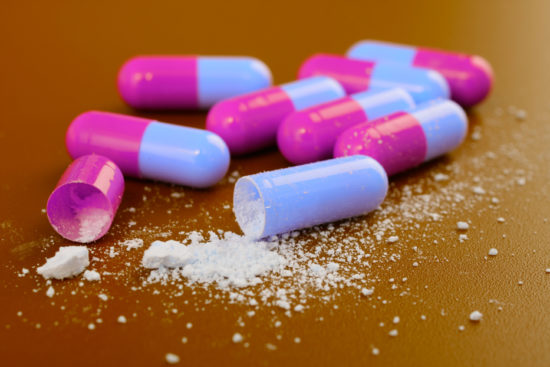Understanding the antibiotic manufacturing ecosystem
Antibiotics are one of the greatest scientific breakthroughs of the 20th century, saving hundreds of millions of lives. However, a century after the discovery of penicillin, increasing antimicrobial resistance (AMR) has become a critical public health concern. Many factors across the One Health spectrum, which recognises the interconnection of human and animal health as well as the environment, can contribute to the emergence and spread of antimicrobial resistance (AMR). In an environmental context, AMR risk arises when antibiotics enter the environment via human, agricultural and manufacturing sources, exposing bacteria to selective pressure.
Manufacturing presents a source for potential release of antibiotics into the environment, and currently no specific global standard or regulation exists for antibiotic levels in manufacturing effluent. Hence, there is growing interest in options to limit AMR risk from manufacturing waste, for example through
introduction of further guidance or regulation to treat antibiotic manufacturing effluent prior to discharge.
However, there are gaps in the evidence-base on this issue that need to be addressed to
guide any action taken by policy-makers. The introduction of any measures requiring significant investments from manufacturers could potentially disrupt certain supply chains, and with this affect the availability and affordability of medicines. Therefore, if such measures to limit antibiotic discharge are to be considered, it is important to understand the current state of the antibiotic supply chain, its fragilities and the impact on supply dynamics any potential measures may have.
The objectives of this study were three-fold:
1. Provide a high-level mapping of global antibiotic supply chains, key pressure points and fragilities to inform decision-makers on the current situation
2. Understand the impact of plausible environmental regulatory options on the overall antibiotic ecosystem, but also on select individual supply chains
3. Discuss options to ensure potential measures to limit antibiotic discharge from manufacturing effluent are introduced in a supply chain sensitive way
AMR NEWS
Your Biweekly Source for Global AMR Insights!
Stay informed with the essential newsletter that brings together all the latest One Health news on antimicrobial resistance. Delivered straight to your inbox every two weeks, AMR NEWS provides a curated selection of international insights, key publications, and the latest updates in the fight against AMR.
Don’t miss out on staying ahead in the global AMR movement—subscribe now!







